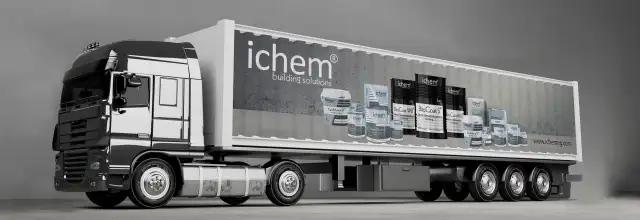
What Are Contraction Joints? | iChem Egypt Solutions
Contraction joints are lines or intentional cracks placed in concrete to control the direction of cracks caused by shrinkage in slabs and floors during curing.
These joints define where cracks appear, ensuring the strength of the structure, its aesthetic appearance, and reducing maintenance costs.
iChem Egypt provides advanced solutions including high-quality flexible materials and specialized engineering support to meet both Egyptian and international code requirements.
Importance of Contraction Joints
✅ Direct cracks away from sensitive areas
✅ Reduce internal stress within the concrete
✅ Increase the lifespan of buildings and industrial floors
✅ Lower early maintenance costs
✅ Improve the structural flexibility to withstand temperature changes and minor ground movements
Areas of Use
Concrete slabs in residential and commercial buildings
Industrial floors in factories and warehouses
Concrete roads and pavements
Implementation Steps
To ensure effective and durable joints:
Determine the spacing between joints according to slab thickness and concrete type
Cut the joints within 6–12 hours after pouring
Clean the joints thoroughly before filling
Fill the joints with flexible materials such as silicone or polyurethane
iChem Egypt Solutions
🔹 High-quality, flexible joint filling materials
🔹 Advanced protection systems against water and corrosion
🔹 Specialized engineering support for design and implementation
🔹 Solutions for industrial floors, roads, and large-scale projects
Materials used: Silicone, polyurethane (PU), special epoxy, and waterproof sealants for wet areas.
Frequently Asked Questions
Q: Are contraction joints the same as expansion joints?
A: No, contraction joints control cracks from shrinkage, while expansion joints allow for movement caused by heat and ground shifts.
Q: When should contraction joints be implemented?
A: Within 6–12 hours after pouring the concrete.
Q: Why choose iChem Egypt?
A: Because they provide high-quality materials, customized solutions, and specialized engineering support.
Q: What are the best materials for filling joints?
A: Silicone, polyurethane, or epoxy, depending on the floor type and moisture exposure.
Conclusion
Contraction joints are the key to strong concrete that is free from random cracks.
With iChem Egypt solutions, you can ensure long-lasting durability, lower maintenance, and the highest quality standards.

